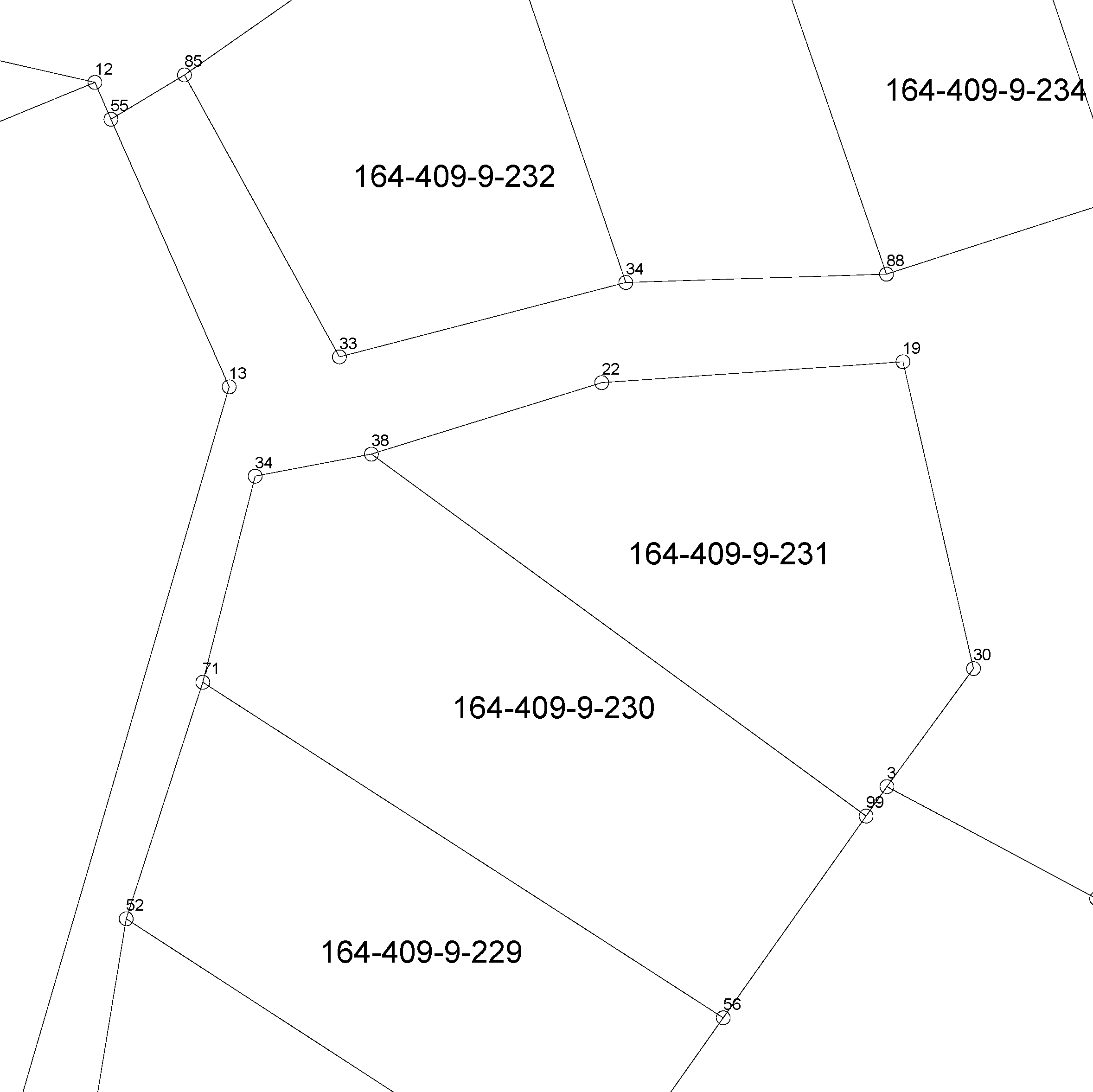5000
Type of resources
Available actions
Topics
Keywords
Contact for the resource
Provided by
Years
Formats
Representation types
Update frequencies
status
Scale
Resolution
-
-
The EMODnet (European Marine Observation and Data network) Geology project collects and harmonizes marine geological data from the European sea areas to support decision making and sustainable marine spatial planning. The partnership includes 39 marine organizations from 30 countries. The partners, mainly from the marine departments of the geological surveys of Europe (through the Association of European Geological Surveys-EuroGeoSurveys), have assembled marine geological information at various scales from all European sea areas (e.g. the White Sea, Baltic Sea, Barents Sea, the Iberian Coast, and the Mediterranean Sea within EU waters). This dataset includes EMODnet seabed substrate maps at a scale of 1:5 000 from the European marine areas. Traditionally, European countries have conducted their marine geological surveys according to their own national standards and classified substrates on the grounds of their national classification schemes. These national classifications are harmonised into a shared EMODnet schema using Folk's sediment triangle with a hierarchy of 16, 7 and 5 substrate classes. The data describes the seabed substrate from the uppermost 30 cm of the sediment column. Further information about the EMODnet Geology project is available on the portal (http://www.emodnet-geology.eu/).
-
-
-
Conditionality refers to the basic requirements that farmers' payments are conditional upon. Conditionality requirements are the baseline level for which you do not receive a separate payment. Aid is only granted for activities that go beyond the conditionality requirements. Conditionality consists of GAEC, statutory management requirements and social conditionality. Statutory management requirements relate to environmental issues, public health, i.e. food and feed safety, plant health and animal health and welfare. All conditionality requirements are described in this guide. When you apply for farmer payments, you agree to comply with the conditionality requirements. A landscape feature can be a tree, group of trees, transplanted block or other similar natural feature that is protected for its beauty, rarity, landscape significance, scientific value or other similar reason. Qualifying landscape features are sites protected under Article 95 of the Nature Conservation Act (9/2023) and located within a base parcel, on the periphery of a base parcel or in the area between adjacent base parcels. Protected sites must always be preserved and must not be damaged or removed. If a protected landscape feature is located on an area of 0,2 ha or less, it may be included in the area of the base parcel. If you wish to include a protected site in the eligible area, please declare the sites on the Food Agency's form 442 when applying for arable aid. The area of a landscape feature will only become part of the eligible area of the base parcel in the year following the submission of the declaration. Who makes conservation decisions on sites? If the site to be protected is located on private land, the decision to protect the site is taken by the municipality's environmental protection authority. The municipality is also responsible for marking the site on the land. On private land, protection is only granted on application or with the consent of the landowner. On application by the owner or on a proposal from the ELY Centre, the municipality may terminate the protection of a landscape feature if there are no longer grounds for protecting it or if the protection prevents the implementation of a project or plan of public interest. The application must be accompanied by the opinion of the ELY Centre. If the matter has been initiated on the basis of a proposal from the ELY Centre, the owner of the site must be given the opportunity to be heard. For more information: https://www.ruokavirasto.fi/tuet/maatalous/perusehdot/ehdollisuus/ehdollisuuden-opas/ehdollisuuden-opas-2025/
-
Maanmittauslaitoksen KM2-korkeusmallin kanssa yhteensopiva korkeusmalli, jossa alkuperäisiä korkeusarvoja on alennettu erityisesti virtavesikohteiden (viivamaiset sekä aluemaiset) ja tieverkoston risteyskohdissa. Alennetut korkeusarvot pyrkivät kuvaamaan virtausreittejä, kuten tierumpuja ja putkia, joita alkuperäisessä KM2:ssa ei ole. Aineisto on tuotettu yhdistämällä useita eri valtakunnan kattavia lähtöaineistoja, joita ovat - korkeusmalli KM2 (Maanmittauslaitos) - Siltojen kansien korkeudet (Syke) - Maastotietokanta (Maanmittauslaitos) - DIGIROAD-tieverkosto (Väylävirasto) - Rumpurekisteri (Väylävirasto) Lisäksi jotkin kunnat ja kaupungit ovat digitoineet Maastotietokannasta puuttuvia virtausreittejä. Korkeusarvot ovat ilmoitettu N2000-korkeusjärjestelmässä. Aineisto on avoin (lisenssi CC BY 4.0). Käyttötarkoitus: Korvaamalla KM2:n korkeusarvot uomakorjausaineiston arvoilla saadaan korkeusmalli, joka soveltuu mm. pintaveden virtauksen mallinnukseen alkuperäistä korkeusmallia paremmin. Tämä mahdollistaa esim. hulevesitulvariskien luotettavamman arvioinnin. Aineisto kuuluu SYKEn avoimiin aineistoihin (CC BY 4.0). Lähde: Syke, Maanmittauslaitos (perustuu Syken, MML:n ja Väyläviraston aineistoihin).
-

The location of the real property unit is shown on the cadastral index map. On the map, there are property and other register unit boundaries and property identifiers. The product is a part of the open data of the National Land Survey. Further information (in Finnish): http://www.maanmittauslaitos.fi/kiinteistot/asiantuntevalle-kayttajalle/kiinteistotiedot-ja-niiden-hankinta
-
-
Harvester Seasons is a service designed to help with estimating evolving trafficability conditions in forested terrain based on weather and model forecast information. The full service is currently provided for the geographical area of Finland.
-
Agricultural land is the area of arable land (AL), permanent grassland (PG) and permanent crops (PC). Arable land is land cultivated for crop production or fallow land available for cultivation. Permanent grassland Permanent grassland is the area used to grow grasses or other herbaceous forage crops that have been on the same site for more than 5 years, either by self-regulation or by sowing. Permanent grassland may be arable land or natural pasture and meadow. Permanent grassland may not contain more than 50 trees per hectare in a scattered pattern. Trees are considered to be single- or multi-trunked trees and woody shrubs of at least four metres in height. Shrubs of all sizes are also considered as trees. Trees in windbreaks are not counted in the tree count. Deciduous bushes suitable for feeding farm animals and deciduous tree seedlings may be grown on the area if they cover less than half of the area of the eligible plot. More than half (50 %) of the area of the plot must be grass and forage. This requirement also applies to parcels of permanent grassland with trees or deciduous shrubs or both. Permanent crops Permanent crops are crops which are not part of the crop rotation, which are grown for at least 5 years and which produce a repeated harvest. These include fruit trees, berry bushes and ornamental plants. More information: https://www.ruokavirasto.fi/globalassets/tuet/maatalous/oppaat/hakuoppaat/peltotukiopas/maatalousmaa-2024.pdf
 Paikkatietohakemisto
Paikkatietohakemisto